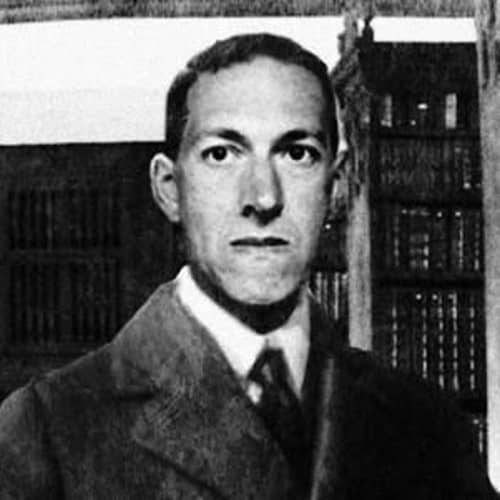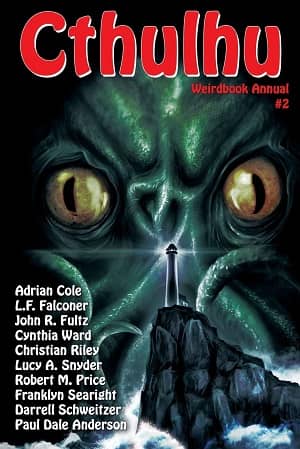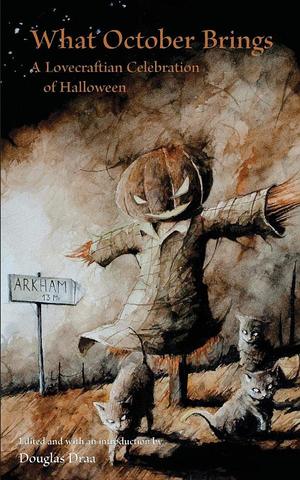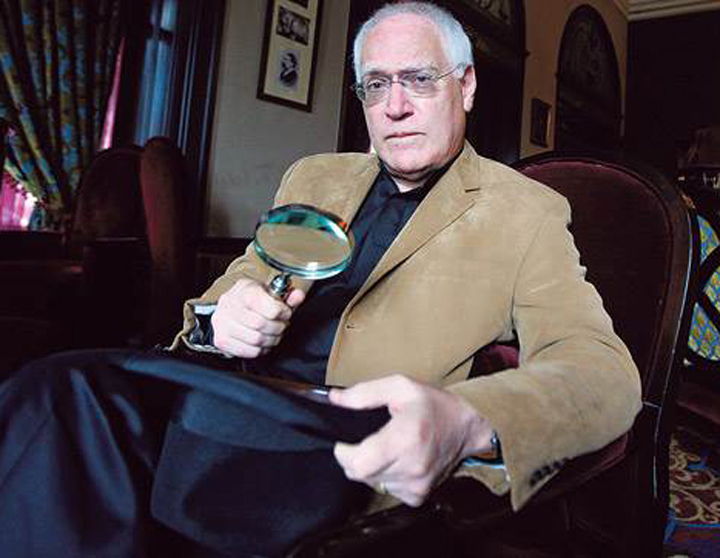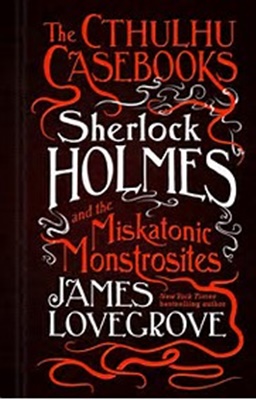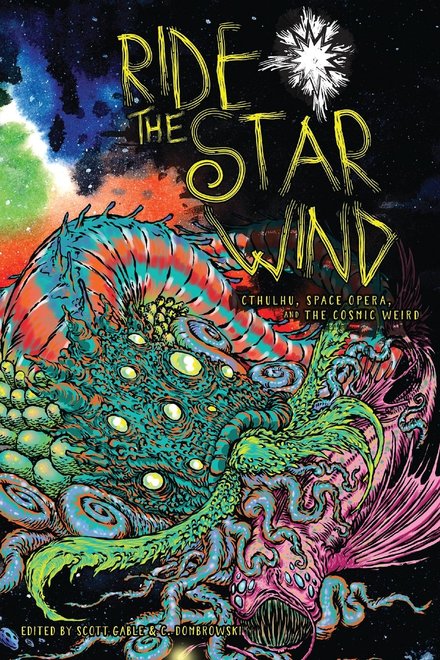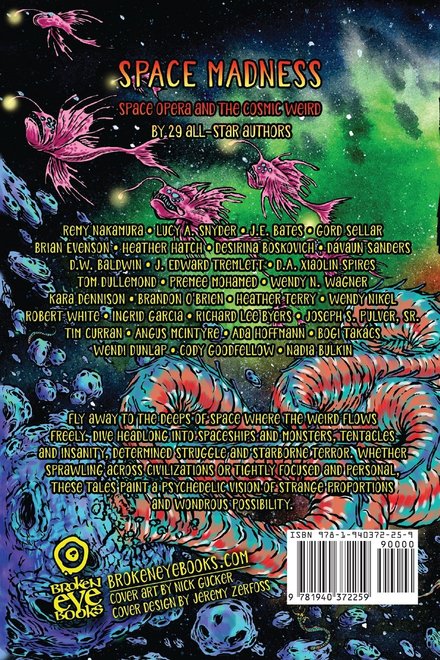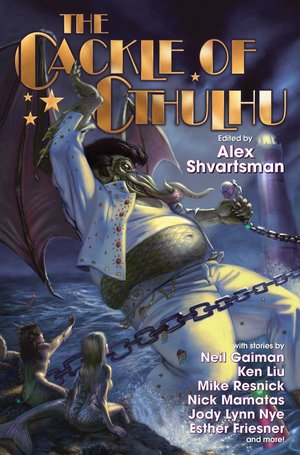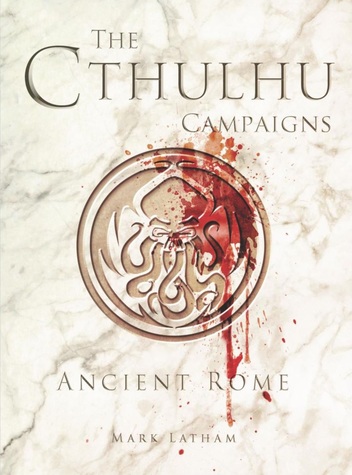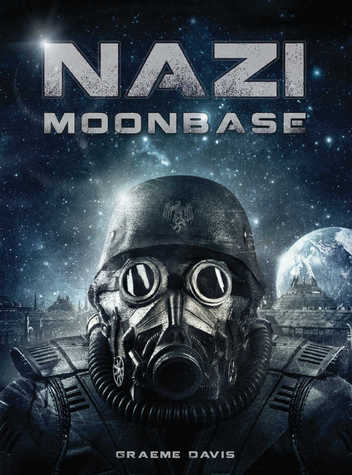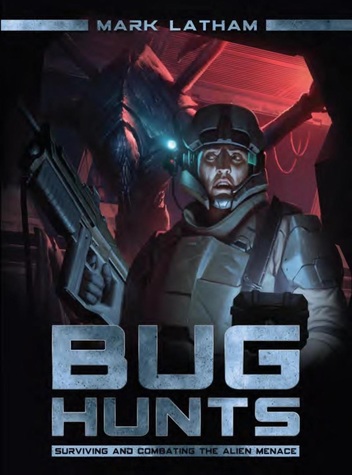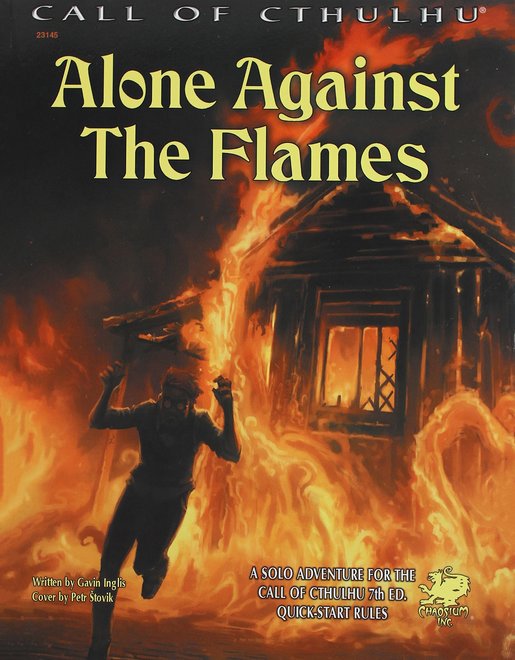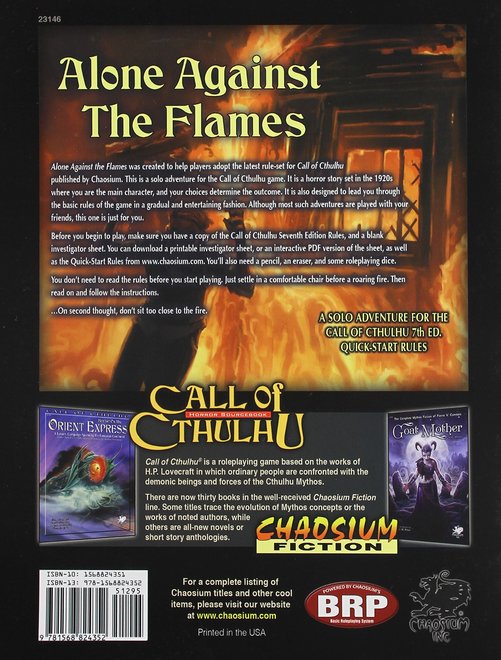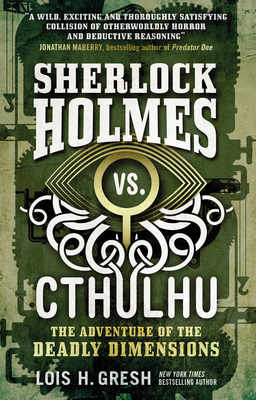Cover Reveal: The New Annotated H.P. Lovecraft: Beyond Arkham, edited by Leslie S. Klinger
H.P. Lovecraft
One of the most exciting books to cross my desk this summer was an advance proof of The New Annotated H.P. Lovecraft: Beyond Arkham. It’s the follow-up to Leslie S. Klinger’s monumental 928-page The New Annotated H.P. Lovecraft, published by Liveright in 2014, which Harlan Ellison called “an Olympian landmark of modern gothic literature.” Beyond Arkham is an absolutely gorgeous book, packed with 22 more Lovecraft stories, including several of his most famous, and 200 vintage photographs and illustrations. Liveright gave us an exclusive sneak peek of the final cover, and it’s truly a work of art. We want to share it with you below. But first, here’s the description.
No lover of gothic literature will want to be without this literary keepsake, the final volume of Leslie Klinger’s tour-de-force chronicle of Lovecraft’s canon.
In 2014, The New Annotated H. P. Lovecraft was published to widespread acclaim― vaunted as a “treasure trove” (Joyce Carol Oates) for Lovecraft aficionados and general readers, alike. Hailed by Harlan Ellison as an “Olympian landmark of modern gothic literature,” the volume included twenty-two of Lovecraft’s original stories. Now, in this final volume, best- selling author Leslie S. Klinger reanimates twenty-five additional stories, the balance of Lovecraft’s significant fiction, including “Rats in the Wall,” a post– World War I story about the terrors of the past, and the newly contextualized “The Horror at Red Hook,” which recently has been adapted by best- selling novelist Victor LaValle. In following Lovecraft’s own literary trajectory, readers can witness his evolution from Rhode Island critic to prescient literary genius whose titanic influence would only be appreciated decades after his death. Including hundreds of eye- opening annotations and dozens of rare images, Beyond Arkham finally provides the complete picture of Lovecraft’s unparalleled achievements in fiction.
Ready? Feast your eyes on the beautiful cover for The New Annotated H.P. Lovecraft: Beyond Arkham, arriving from Liveright on September 24.
